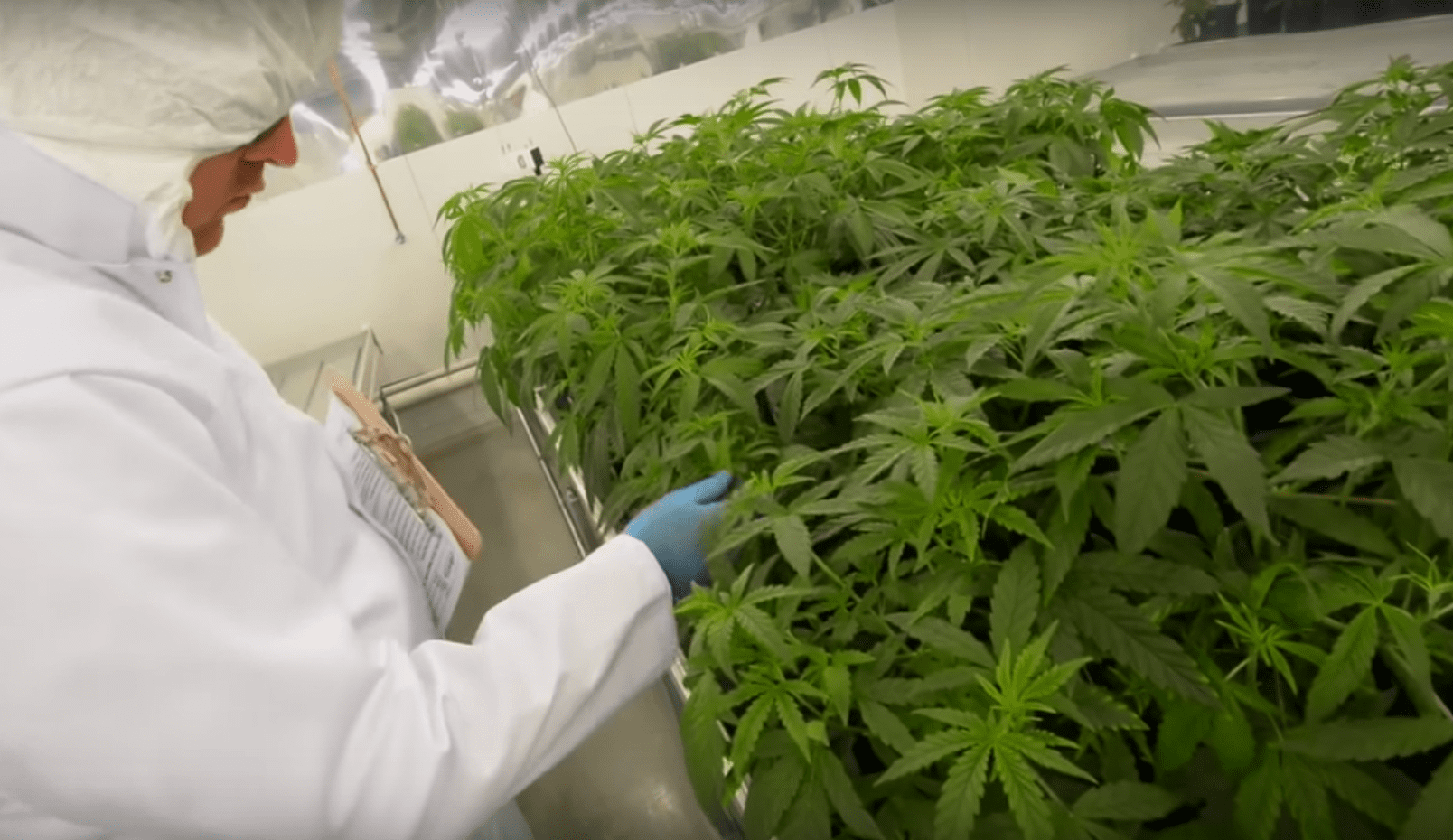Medical Cannabis Industry Gets Major Boost in Canada
Health Canada Streamlines Licensing and Inspections for Marijuana Producers
Health Canada today lifted a huge regulatory weight off the backs of medical marijuana producers.
Changes announced on May 26 in Ottawa will streamline the process to get a License to Produce cannabis under the Access to Cannabis for Medical Purposes Regulations (ACMPR).

They will also make it far easier for existing license holders to operate their business, particularly if they want to expand production.
A statement by Health Canada says the department will implement the following measures, starting immediately:
- Increasing the Department’s capacity to review and process applications.
- Undertaking some stages of the review of the application concurrently.
- Permitting licensed producers to manage production on the basis of their vault capacity.
- Authorizing longer validity periods for licences and security clearances in accordance with the regulations.
- Streamlining the review and approval of applications to modify or expand an existing production facility for licensed producers with a record of good compliance with the ACMPR.
WHAT THIS MEANS FOR APPLICANTS
The process to receive a license for production of medical marijuana in Canada is notoriously difficult. Out of roughly 1,500 applications made since 2014, only 43 had received a License to Produce as of April 18.
As well, many of those license holders have not yet acquired a License to sell, which is yet another inspection process. As of April 18th, only 29 producers held a license to sell their products.
Health Canada is now pledging to put more resources into licensing inspections, but also streamline the inspection process. Some of the current eight stages of inspection would be collapsed and done concurrently, making the process much faster.
WHAT THIS MEANS FOR CURRENT PRODUCERS
The change in regulations may be even more important for current license holders.
Until today, Licensed Producers (LPs) wanting to increase their production faced regulatory hurdles that could take months, or sometimes years, to resolve.
The design of new grow rooms and facilities had to be approved before construction began; there were normally inspections during construction; and the final construction had to be approved before the company could grow new crops.

Now the review and approval of expanded facilities has been greatly streamlined, as long as the producer has a solid record of compliance with the ACMPR.
In short, this means companies can expand to meet demand very quickly, and will not be held back by months of inspections.
Another major change is the lifting of a requirement to apply for a production quota as part of the ACMPR License.
Until today, a producer would initially apply to produce a certain amount of medical marijuana.
For example, a producer might apply to grow 500 kilograms per year, and then need to expand to meet demand.
Under the old system both the expanded facility AND the desire to grow more product would be reviewed by Health Canada officials.
Now, growers can grow as much cannabis as they want, provided all the product they grow can be stored in their existing vaults.
All vaults at a licensed facility have a load limit, so an LP now can grow as much product as they want, as long as they don’t go over the amount of storage allowed in their particular vault.
As well, if a company needs to expand beyond that point, they just need to build a new or larger vault.
There are two other welcome changes for both applicants and current producers.
The first is that the validity period for an existing license has been extended to three years. Before today an ACMPR license had to be renewed every year, creating an atmosphere of uncertainty among investors.
The second is that the security clearances are now valid for five years instead of one year.
Only people designated as a ‘Responsible Person in Charge’ or a ‘Senior Person in Charge’ can be in a vault or grow room alone. Both RPICs and SPICs must currently go through a full security check every year, and if they fail, they can no longer work in a grow room or vault unsupervised.
IMPACT ON LICENSED PRODUCERS
Again, unless you’ve worked in this industry in a hands-on capacity, it’s hard to understand how big a deal these changes will be for the Licensed Producers in Canada.
Getting a license was a tremendous struggle for every company that received one, and that process now be quicker, but still difficult in terms of meeting Health Canada’s strict criteria. Essentially the criteria haven’t changed, but the inspection process may be much more rapid.
Applicants may still be refused, but at least they’re be denied more quickly, and can work on repairing any deficiencies found in the Preliminary License Inspection.
The impact on already Licensed Producers is more immediate.
For example, I work with an existing LP that has completed a large-scale expansion, but that expansion has not yet undergone final inspection. The process, in fact, has taken months.
Now, that inspection is no longer required, and that LP can literally start producing and selling immediately.
As well, the deletion of the requirement for a production quota means the company’s production can increase by far more than it has actually applied for.
INVESTOR ANALYSIS
If there’s one thing investors don’t like, it’s uncertainty.
Long, drawn out inspection procedures and extremely complex regulations make particularly the lay investor very nervous, and rightly so.
Streamlining the process is a huge boost for these LPs as they prepare for full legalization next year.
In fact, it’s fair to say most producers would be unable to meet the upcoming flood of demand if it were not for these changes.
It’s difficult to say if most investors are savvy enough about day to day operations at an LP to understand the significance.
However, these changes were announced while most LP owners were at the Lift Conference in Toronto … and I can tell you the Licensed Producers were practically doing cartwheels in the halls.
This single measure taken today means that the existing LPs will be able to massively expand their production for the recreational market, and do so very quickly.
It will also likely help some new producers come on stream more quickly, further increasing supply.
Our previous outlook for the spring and summer for publicly traded companies was that stock prices would slump somewhat (which they have), remain stagnant through July, and then begin to rise again in August and September due to the upcoming Parliamentary debate on legalization.
The announced changes may actually create an unexpected short-term bump in share prices this week, but the long term impact is far more important.
Simply put, the changes put in place by Health Canada this week position key Licensed Producers to increase their revenues by a factor of 10 or 20 times in the next 14 months.
The medical marijuana market was already a strong Buy recommendation for us this summer; this just puts more icing on the hash brownie.
Gary Symons, Equedia












